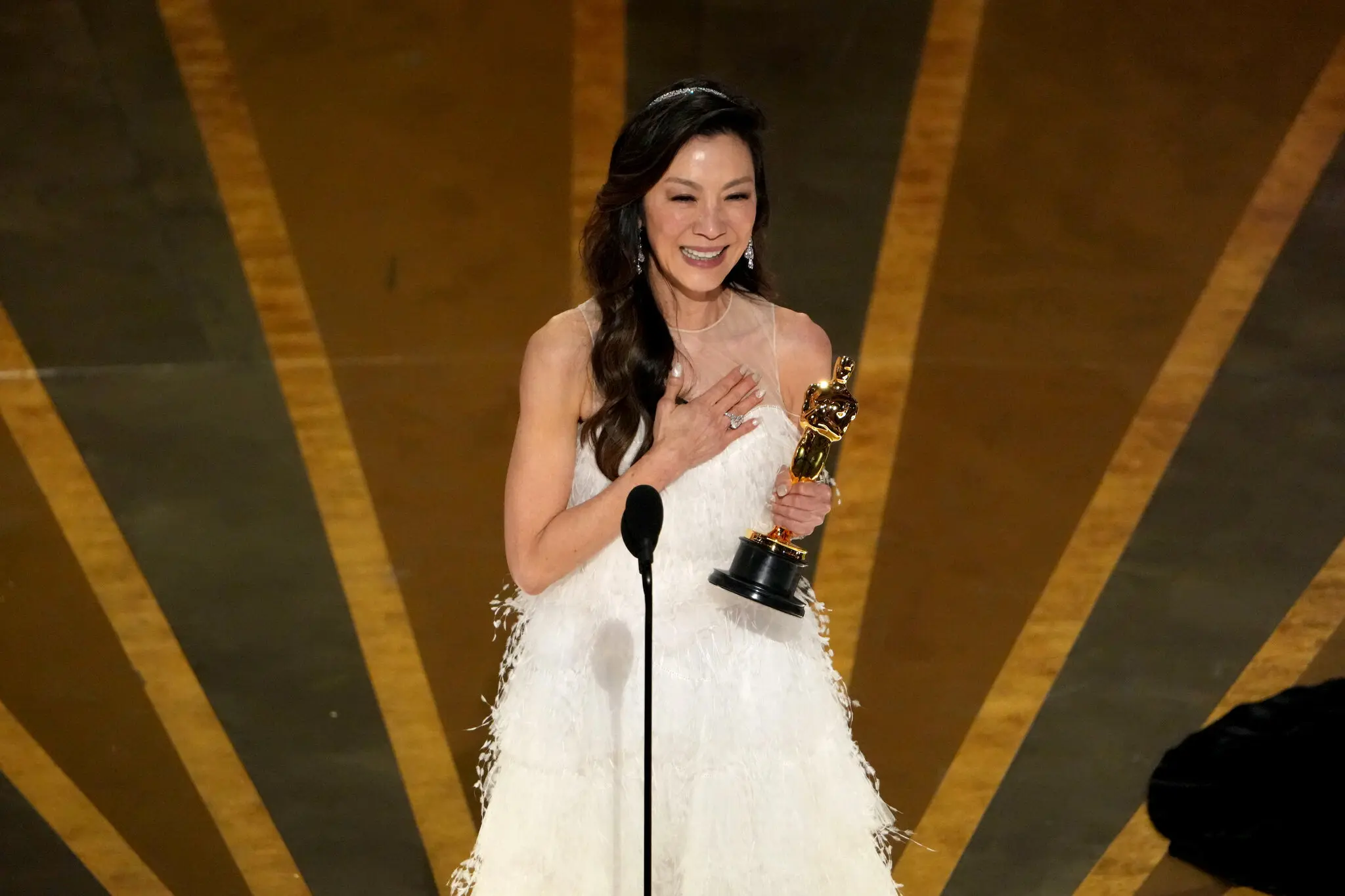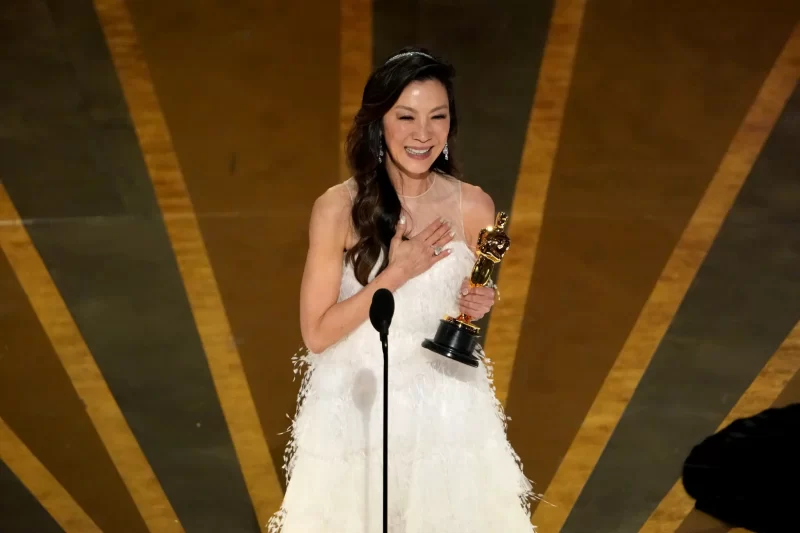Representation at the Oscars: The bar is on the floor


It’s been almost a century since the Oscars began. On Mar. 13, they hosted their 95th annual award ceremony, and nobody has been able to shut up about it since.
In some regard, this is rightfully so. The film Everything Everywhere All at Once picked up seven awards that night, with three of them won by Michelle Yeoh, Ke Huy Quan and Jamie Lee Curtis, in the categories of Best Actress, Best Supporting Actor and Best Supporting Actress, respectively.
The fantastical sci-fi action movie has caught the attention of audiences worldwide with its chaotic humour, absurdist tendencies and its tender, tear-inducing final scenes. But it has gained popularity for more than just the plot and writing.
Michelle Yeoh has become the first Asian woman to win Best Actress at the Oscars, earning the award for her role as Evelyn Quan Wang, a Chinese American immigrant running a laundromat with her family, forced to save the multiverse from a world-bending villain.
Yeoh’s achievement has been deservedly celebrated by the board, the night’s attendees and everyone watching at home.
But might I insert a reminder of how long the Oscars have been around? The biggest award ceremony in the film industry and in the world has been ongoing for 95 years, and this is the first time it has awarded an Asian woman for a lead role.
Sadly enough, it’s no shocker that Hollywood has taken this long to formally recognize the contributions of people of colour to the entertainment sphere.
Although there has been an effort to widen and diversify the membership for the Academy of Motion Picture Arts and Sciences, the board that selects the nominees and winners of the Oscars, this effort has only begun very recently, over the past few years.
There are currently almost 10,000 eligible voters on the board, with 33 per cent of members identifying as women and 19 per cent representing ethnic and racial minorities. Compared to previous numbers where white individuals comprised even more of the board’s majority, this is progress of some form.
But we’ve become so overwhelmed with joy at the achievements of Everything Everywhere All at Once, we’ve forgotten that this should be the bare minimum. In regard to diverse representation, the bar is on the floor.
I’ve been disenchanted with the Oscars for a while after I went through my “I want to be an actor” phase when I was 15. I then quickly realized that I definitely did not want to be an actor, for many reasons.
It didn’t cross my mind that race could be a source of difficulty in terms of entering the industry. As a white teenager, I had that kind of privilege. However, I was thinking about how unrealistic the Hollywood dream is all on its own.
But people of colour hoping to pursue a career in entertainment don’t only have to deal with the typical barriers to entry. They are also confronted with the industry’s systemic discrimination as well.
Hollywood is surely home to many stories of hope, like that of now-Oscar-winner Ke Huy Quan, who came to the States as a refugee and one of nine children. Yet, we can’t ignore the fact that he is also only the second Asian person to win in his category.
Of course, I share in the celebration of Everything Everywhere All at Once and its ground-breaking, dedicated actors. The film is a step towards better and fuller representation.
But I draw the line at celebrating the Academy. They have a lot more work to do (aka, more than the bare minimum) before I will applaud their efforts.
Featured image credit: Todd Heisler/The New York Times. From The New York Times. https://www.nytimes.com/2023/03/13/business/oscars-viewers-ratings.html

